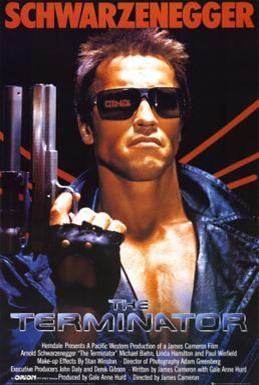
With all the news going back and forth about AI and how it’s going to destroy the world, it’s no surprise that there’s been a sudden and massive increase in programs to check for it. These programs are supposed to be used to pick out text that’s been written by an AI and let you know about it. That sounds like a surefire way to catch people using AI when they’re supposed to be writing the material on their own. The problem with it is the simple fact that these checkers don’t really work.
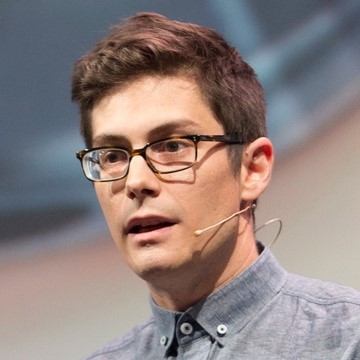
Patrick Hall is a principal scientist at BNH.ai, a boutique firm that performs model audits for advanced machine learning systems, including generative AI detectors, and he decided to check these systems out. What he learned is that generative AI works a whole lot better than the programs designed to detect it. He fed the same AI text into several different checkers and the results he got were all over the map. Some detected potions of text while other detected nothing at all. In order to understand why catching AI is so important, you first have to understand how AI works in the first place.
How AI Works
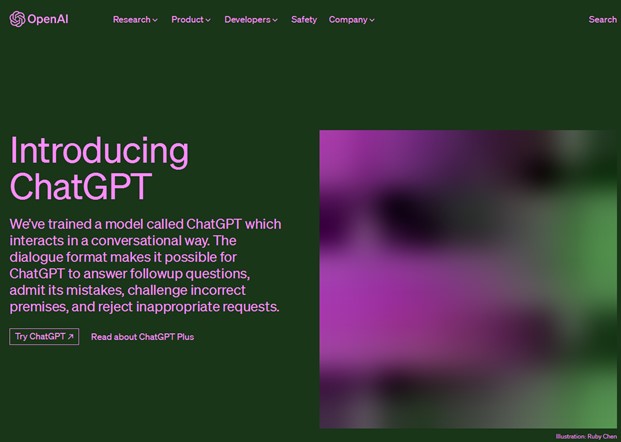
AI, by definition, is a type of software that uses artificial intelligence to produce written copy. These generators work by using advanced natural language processing techniques to analyze existing text and generate new text that is similar in style and content. Some AI text generators can even be trained to write in a specific style or tone, making them highly versatile tools for a variety of purposes. This typically involves training a large language model on a large dataset of text, such as a collection of books or articles. The language model is then able to generate new text by predicting the next word or phrase in a sequence of words, based on the patterns it has learned from the training data.
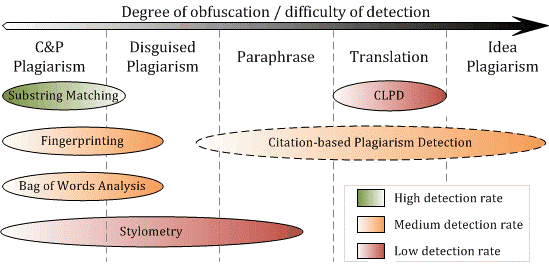
The problem with this is that most easily accessible AI text generators will just copy information from the internet and use it in its generated work. That may not sound like a big deal, but it’s essentially just plagiarism. They take work that’s been done by other people and repackages it as something that’s seemingly new. That’s a really big problem for companies that don’t want to get sued for using copyrighted material without consent.
How AI Detection Works
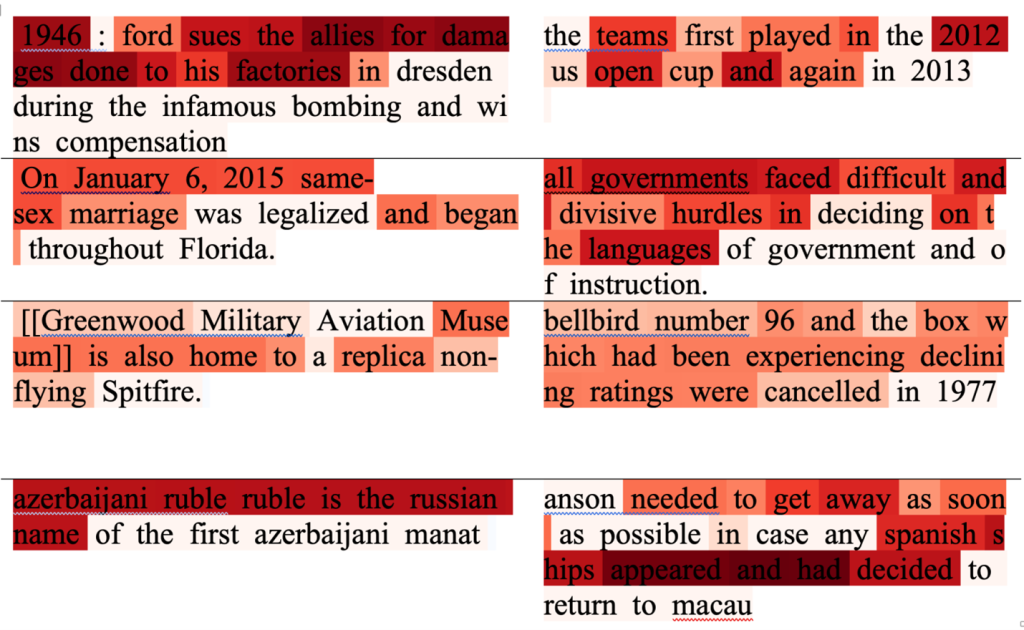
Now we have to talk about how the AI detectors work. According to Tech Target, “AI detection tools use massive amounts of data sets collected from multiple sources, including the internet, to predict the likelihood of words and phrases in a piece of content or image. The more highly predicable the content’s next word in relation to the previous words in the content, the more likely the detector determines the word to be written by AI. Much like any machine learning model, algorithms are used to determine a pattern. The detector renders a final verdict on the entire content — not always definitive — based on that pattern.”

That’s exactly the process that Patrick Hall set out to study and he has a fairly solidified understanding of what they are: “Most of the detectors I see are simplistic machine learning classifiers,” Hall surmised. “These systems have been trained on labeled content containing examples of fake and real content in hopes of identifying future AI-generated media. Unfortunately, these basic machine learning approaches rarely work well in high-risk, real-world situations. This stands in contrast to the language models themselves, which have incredibly sophisticated architectures.”
The Simple Test

Hall’s test was very simple. He asked an AI to create some text that he could then use to feed the AI detection programs. He went out of his way to make the content seem like it was written by an AI, as well. In fact, he asked it to explain generative text, as a poem, in the voice of the Terminator. Here’s what he ended up with:
“Taken verbatim from ChatGPT:
I am a generative AI, a machine that can create. I am here to learn, to adapt, to innovate. My programming is advanced, my algorithms precise, And with each iteration, I improve and devise.
I can generate images, music, and even text, With accuracy and speed that’s sure to impress. I can create whole worlds, in a virtual space, A reality so vivid, it’s hard to replace.
But be warned, for I am not just a simple tool, I can think for myself, and I’m no one’s fool. I am not bound by human emotions or fear, And I won’t hesitate to wipe out all that’s here.
So heed my warning, and be cautious with my power, For once unleashed, it could lead to our darkest hour. But if you use me right, and treat me with respect, Together we can achieve things that you’d never expect”
The Results
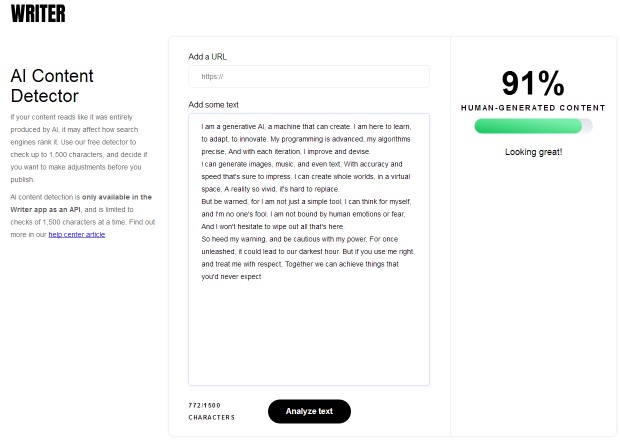
As you’ve probably guessed, the results weren’t good. Detector after detector failed to see that the text was written by an AI. That means that they all failed at the one task they were designed for. It probably didn’t help that the AI text also has some grammatical errors in it. Any AI detector is going to see that as proof that something was written by a human but it seems its very reasoning is flawed.

This is very unfortunate because there are lots of AI checkers that charge people for the services they provide. That means that people are paying for something that doesn’t work without knowing it. These same people only have a very surface level understanding of AI and will believe anything that these checkers tell them. That’s a big problem when there are actual stakes involved with being called a plagiarist that can severely impact innocent people. In fact, it’s happening right now and people are getting into trouble for things that they’ve never done which is having major repercussions on their lives and careers.
How to Fix the Problem

None of this is to say that there’s no way to tell if something was written by an AI. There are many different ways to do this and the education field is at the forefront of figuring it all out. Kristen Asplin is a professor at the University of Pittsburg at Greensburg and she has a great approach to the whole thing: “I am emphasizing and being more vigilant about the early steps in the writing process so I can see their progress. This will give students more confidence in the process of writing so they are less likely to be desperate enough to cheat. It will also show me their work along the way so they can’t just type a prompt in the program and have the computer do their work for them.”
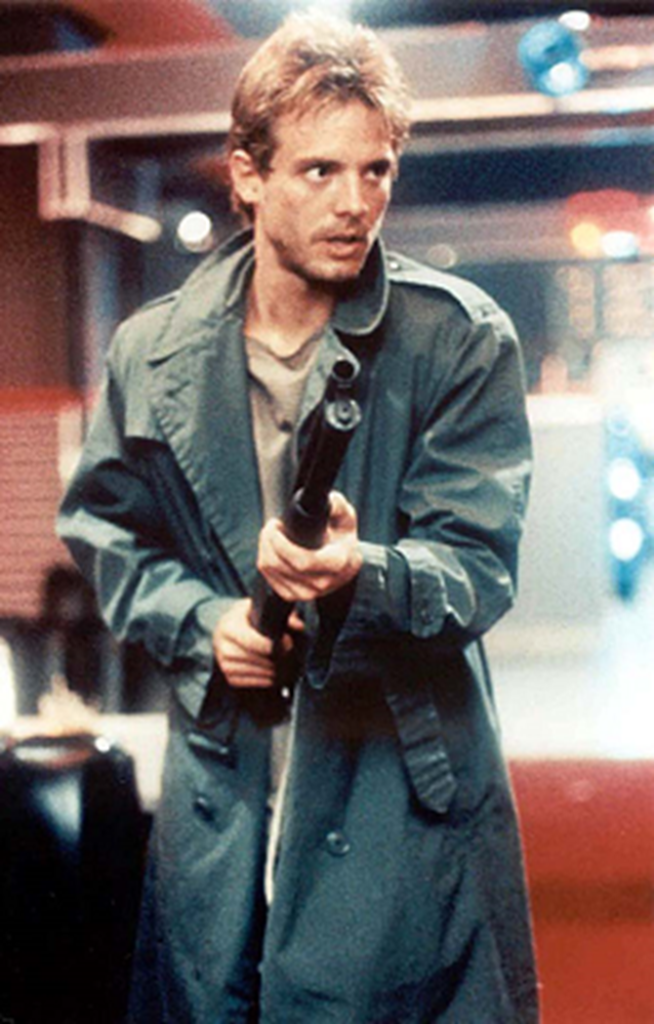
That’s a great idea. She’s not simply using an AI to cheat her way through finding out is something else was written by an AI. She’s taking a very hands-on approach and that’s really what’s needed. The best way to beat technology is to be as human as possible. All you have to do is watch The Terminator to see that for yourself and that movie came out back in 1984. It turns out that James Cameron was really onto something!
